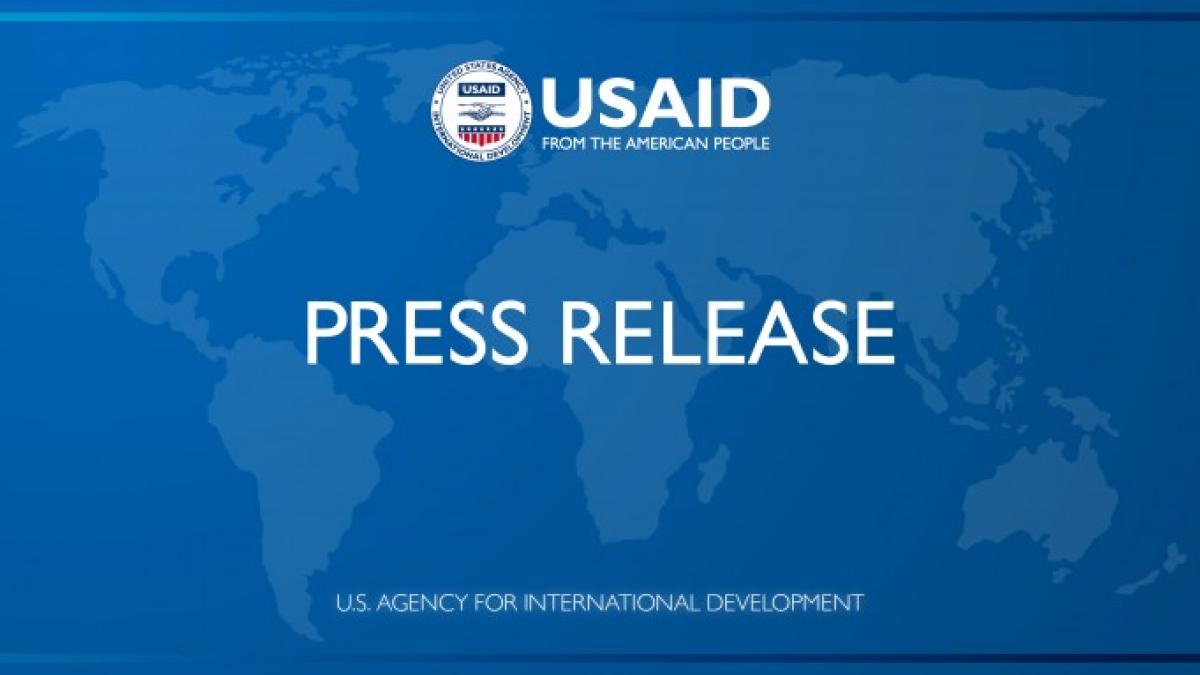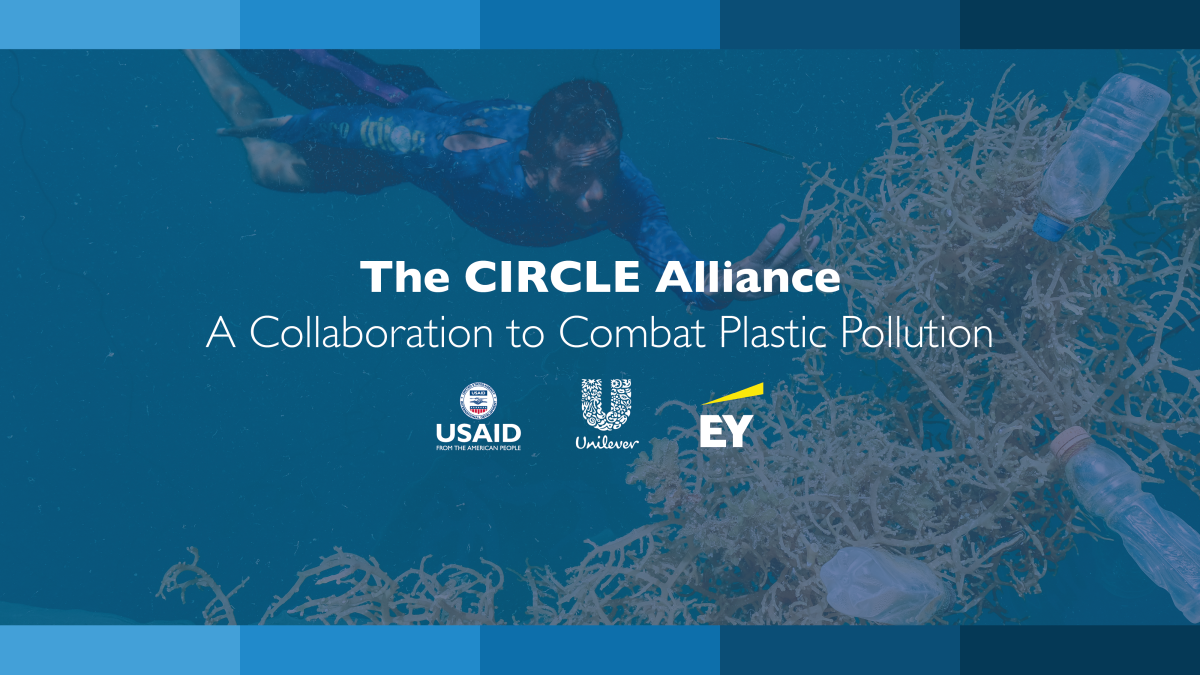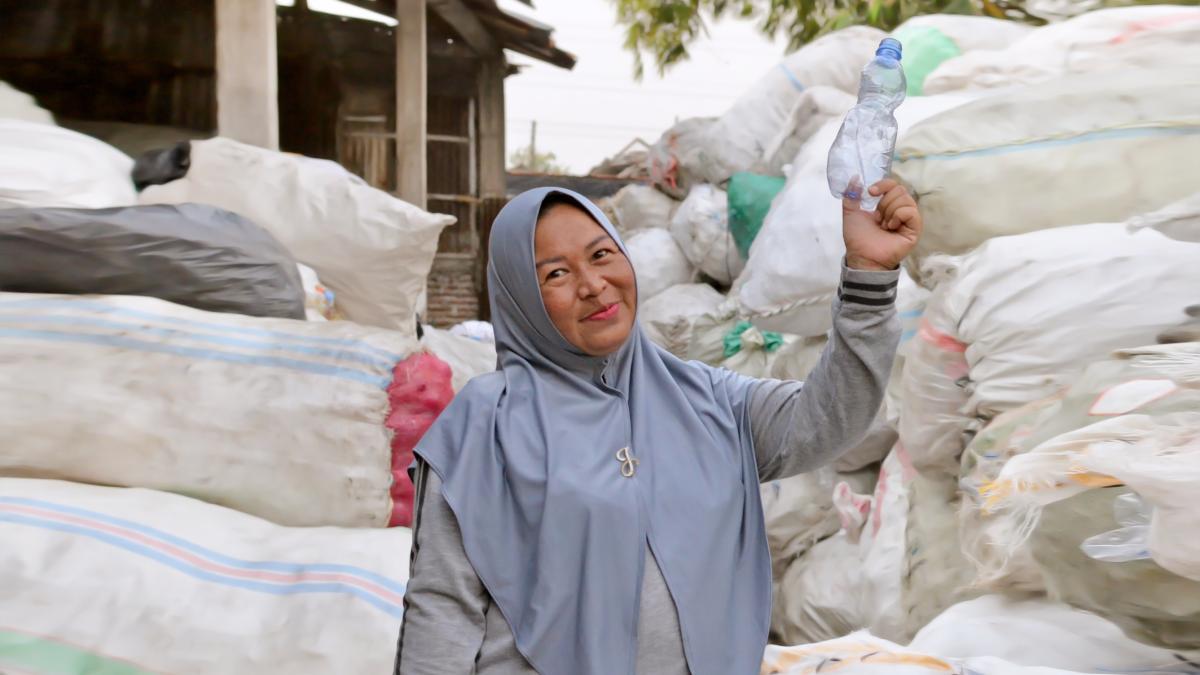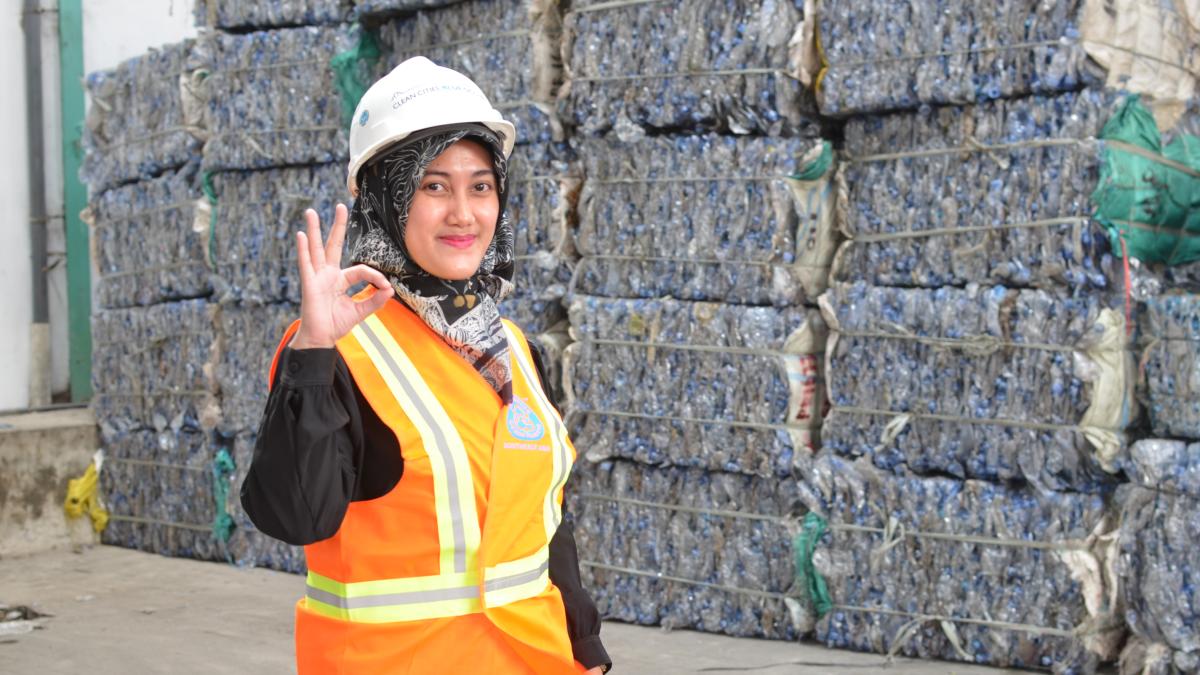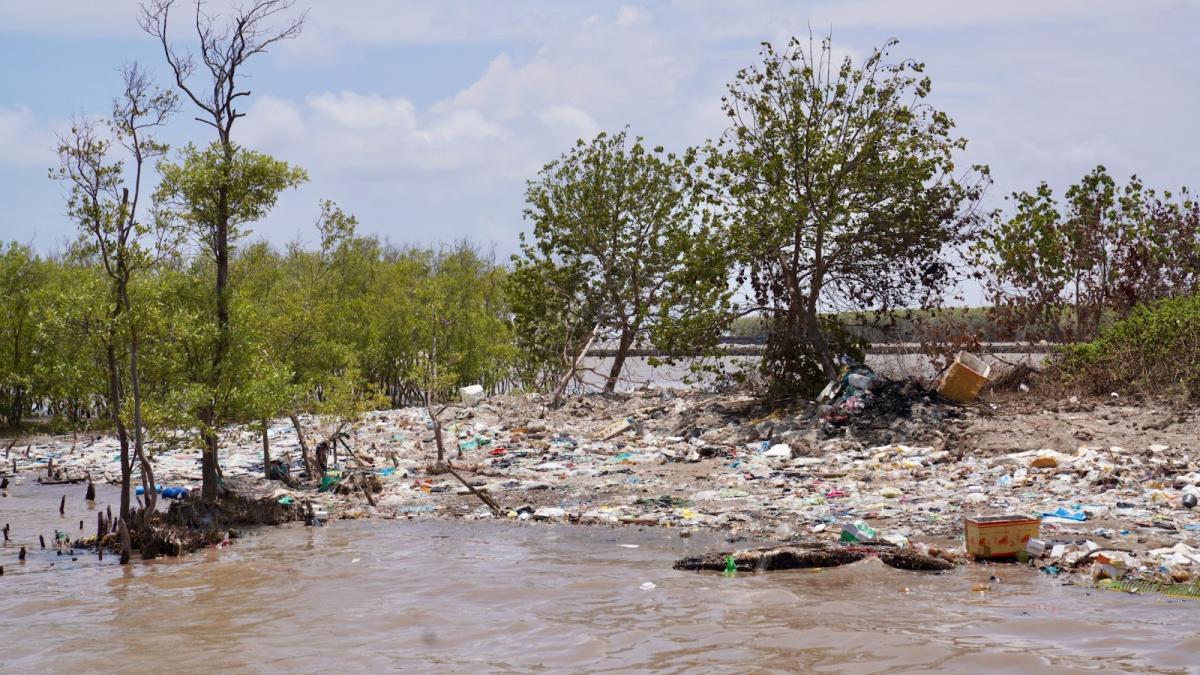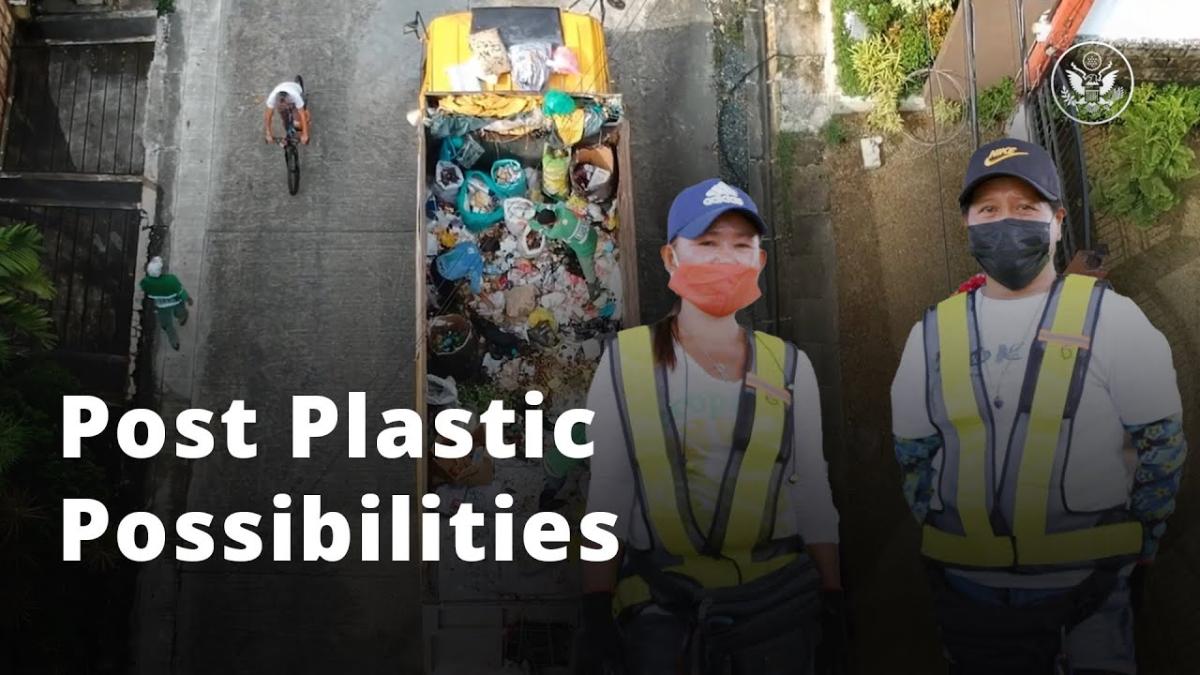
Ending Ocean Plastic Pollution
Global Initiative – 2022–Ongoing
New Alliance!
About the Save Our Seas Initiative
Ocean plastic pollution has reached crisis levels: every minute an entire garbage truck's worth of plastic enters the world's oceans—amounting to an alarming 11 million metric tons per year. This rate is expected to double by the end of this decade and triple by 2040. This deluge of plastic is threatening the world’s delicate marine ecosystems, global industries such as fishing and tourism, food security, and ultimately human health.
USAID launched the Save Our Seas Initiative in June 2022 with the goal of ending the flow of plastic pollution into the ocean by 2040. The Save Our Seas Initiative supports implementation of the landmark Save Our Seas Act 2.0 of 2020 - the comprehensive, bi-partisan legislation passed by Congress in December 2020 to conserve oceans at home and abroad. The Save Our Seas act instructed the State Department and USAID to develop strategies and implement programs to combat ocean plastic pollution.
Through the Save Our Seas Initiative USAID is implementing programs to reduce the flow of ocean plastic pollution in over 25 cities across more than 10 countries throughout Africa, Asia, Latin America, the Caribbean and Pacific Islands. The countries and regions where USAID is working collectively represent approximately 40 percent of total global mismanaged plastic waste.
Once plastic is in the ocean, it is very difficult and expensive to remove. Thus, USAID focuses on stopping plastic from entering the ocean in the first place. Under the Save Our Seas Initiative, USAID is partnering with local and national governments, businesses, civil society and other organizations to improve solid waste management and help countries reduce, re-use, and recycle plastic.
Annual Reports
New Alliance!
Featured Partnership
Circulate Capital
Our Programs
Clean Cities, Blue Ocean
